With just 3 months to go in the qualifying period for badminton at the 2020 Olympics, the list of possible invitees is starting to come into focus, but with lots of prospects for dark horse surges.
By Don Hearn. Photos: Badmintonphoto
Three months from now, the Badminton World Federation (BWF) will send out the first round of invitations for badminton at the Tokyo Olympics. With results now in from the first three World Tour events of 2020, we can start to get a clearer picture of who is on track to qualify. Lin Dan (pictured right) and Matsutomo/Takahashi are the most prominent of the medallists who are not on the tentative list but there are some other surprises and plenty of intricacies when we look deeper at the standings and at the rules that govern them.
Tokyo marks the second Olympics since the BWF took over, obviating the old Badzine dummy lists when they began compiling a comprehensive, weekly ranking notice showing the notional lists of players and pairs who would be invited to the Games if the qualifying period ended today. They actually maintain two sets: one that pretends that current ranking (based on the last 12 months) would be the criterion and another that looks only at points accumulated so far in the Olympic qualifying period, which began in May 2020.
The rules, the numbers
The Olympic badminton quota system basically relates to beds in the Athletes’ Village. Badminton can have a maximum of 172 but 6 of these are special Tripartite spots that are allocated, or not, by a committee and are not known until May. The other 166 we can speculate on. There are 48 spots for doubles players of each gender and then the other 70 spots are for the two singles disciplines. If one player qualifies in two events, that frees up a bed, and it is allocated to one extra singles player of the same gender.
The BWF software currently shows as tentatively qualified, 16 pairs in each doubles discipline, and 41 in men’s singles and 37 in women’s singles. As such it is clearly under-counting each singles discipline by one, reportedly because the software is designed to reallocate duplicate spots earned by one player but does not reallocate the host country places, which Japan will not need to have set aside. This means that in addition to the players marked with a number in the ‘QUAL’ column, Emre Lale (pictured) of Turkey and Brazil’s Fabiana Silva should also be invited in the first phase in May.
(for complete qualifying regulations, see here)
Medallists missing from the guest list
The highest ranked players not on track to qualify are Rio women’s doubles gold medallists Misaki Matsutomo / Ayaka Takahashi (pictured). They are #6 in the standings but are 11,000 points short of the lower-ranked of their two compatriot pairs.
The situation is the same for Indonesia’s Fajar Alfian / Muhammad Rian Ardianto but they have fewer ranking points and they would need to scare up nearly 30,000 to catch one of their two compatriot duos atop the men’s doubles table. Rio silver medallists Goh V Shem and Tan Wee Kiong are currently 2nd of 3 in one of the closest races among compatriots but skipping the upcoming All England will not help them bridge the 4,000-point gap that separates them from fellow Malaysians Aaron Chia / Soh Wooi Yik (pictured below).
Nor are they alone. Former mixed doubles gold medallists Lee Yong Dae and Zhang Nan are both well out of qualifying range so far, while London silver medallist Mathias Boe is in constant danger of being overtaken by fellow Danes Astrup/Rasmussen. This highlights one of the major oddities of 2020 qualifying, as Korea, China, Denmark, and Malaysia are all almost certain to send only one men’s pair each to Tokyo, while Thailand so far have no one in contention.
In all, 6 of the top 16 men’s doubles pairs are to be excluded from Tokyo because of country quotas. Men’s singles, by contrast, has the strongest field as all of the top 15 players in the standings are entitled to an invitation, with #16 Shesar Hiren Rhustavito, Indonesia’s 3rd-ranked player, being the highest-ranked player without an invite.
Two-time gold medallist Lin Dan is the only non-retired men’s singles player with hardware who is so far out of the running. He is the 5th-ranked Chinese shuttler in his discipline and is well outside the top 16, in which he needs to be for his coaches to even consider sending him as a second competitor. London bronze medallist Saina Nehwal is in a slightly better position in the women’s singles race, as she has a slightly smaller gap to bridge to the 16th spot and has no compatriots to leapfrog in order to make use of it.
It is perhaps at least as unusual that there is only one Indian man tentatively in. Sai Praneeth is the only Indian in the top 16, even though there have been at least 2 in the year-end top 16 world rankings in all but one of the last 5 years. Still, there are 6 more Indians in the top 40, including former world #11 Sameer Verma at #39.
Double duty
So far, despite the increasing specialization in mixed doubles, the Olympic qualifiers include far more men making the grade in two disciplines than was the case in 2016. Although only 2 of the top 10 mixed men even play two disciplines, the total number of men going twice to Tokyo, as of current standings is 7, compared to just 3 in 2016.
Yuta Watanabe (pictured above, with Arisa Higashino) and Seo Seung Jae are the most prominent, currently in the top 8 in both men’s and mixed doubles. Only slightly lower down the list are Marcus Ellis, Wang Chi Lin, Mark Lamsfuss, and Robin Tabeling.
The men’s side also includes Jason Ho-Shue of Canada (pictured left with Nyl Yakura), who would be playing singles and doubles in Tokyo, were qualifying to end today. In the women’s game, Selena Piek is set to repeat her double duty from Rio, along with Lauren Smith and Gronya Somerville.
Continental tectonics
The last set of question marks surrounds the continental spots. Each continent is guaranteed a qualifier in each of the singles disciplines and a shot at one of the 16 doubles spots only if they have a pair in the top 50 in the world at the end of April. This rule only ever affects Africa, Pan Am, and Oceania with the last often having to deal with the added complication of only being able to use two continental spots even if one team is tops in every event.
Canada, for the first time since the qualifying rules were tightened in 2008, looks set to send a qualifier in each of the 5 disciplines. What’s more, only their mixed pair will be using the continental spot. Africa has 3 different countries accounting for the 4 Tokyo spots, minus mixed.
As for Oceania, Australia players top the continent in all but men’s singles. In fact, in 2016, New Zealand refused to send their only qualified player and Australia needed their continental spots for doubles so Oceania ended up with no one in Rio in that discipline. Whether the same thing happens again may depend on whether Simon Leung (pictured right, with Gronya Somerville) can get into the top 50 in men’s or mixed doubles and necessitate his nation’s reliance on the continental spots.
Changes to watch
Many of the changes we are yet to see are likely to be indirect, rather than a world #12 moving into the top 10 or something. For one thing, if China were to move a second pair into the top 8, the pairs they pass will still be Tokyo-bound but the fallout would happen way down the list, taking a spot away from the Netherlands, and possibly forcing Canada to use a continental spot. What’s more, were Robin Tabeling (pictured left, with mixed partner Selena Piek) to thus be qualified in only one event, the last non-continental singles qualifier, Emre Lale of Turkey, would be taken off the guest list.
Some of the Olympic races are intra-national. For example, Marcus Ellis and Lauren Smith recently overtook Chris and Gabrielle Adcock for the Great Britain mixed spot. Since both Brits are already qualified in level doubles, a movement like this opens up new spots in both singles disciplines. The singles duel between Jason Ho-Shue and fellow Canadians Brian Yang and Sheng Xiaodong also has the potential to eliminate a double ticket, which would take away one singles spot.
Also in January, Simon Leung / Gronya Somerville of Australia bumped Adham Hatem Elgamal / Doha Hany out of the mixed doubles top 50. Both pairs need to stay in the top 50 to be eligible for the continental spot and both ladies have women’s doubles tickets and again free up women’s singles spots.
The next big events coming up are the team championships for each respective continent. This could be a boon to a lot of second-tier singles and level doubles players who might not have team event points from last year’s Sudirman Cup. As players are entitled to no more than one tenth of current ranking total – plus up to another thousand or so if they manage to beat a current world #1 – certain players, such as Korea’s former world #1 Son Wan Ho, can scarcely benefit. Still others, such as Thailand’s Pornpawee Chochuwong (pictured), have no chance at exceeding the points they won at the Sudirman Cup in 2019.
Mixed doubles pairs will be sitting out the men’s and women’s team events, of course. The Australians and Egyptians could soon still get their biggest injection of points, though, as they jostle for entry in the top 50. Both continents will also be holding their individual championships this month as well. The 4,000 points on offer at each of these events will make a big difference at that portion of the Race to Tokyo standings.
Of course, among the major uncertainties are those outside the rules or even the badminton world. Three February events have already been removed from the qualifying pool. First the Lao International Series was cancelled, then it was decided that the Iran Fajr International Challenge would yield points but not toward Tokyo. The postponing of the Lingshui Masters Super 100 is indeed the most ominous, as it could portend further event cancellations if the tragedy that is the new coronavirus outbreak cannot be contained soon enough.
Click here for the January 28th Race to Tokyo standings
![Tokyo’s field of 166 takes shape With just 3 months to go in the qualifying period for badminton at the 2020 Olympics, the list of possible invitees is starting to come into focus, but with lots […]](https://www.badzine.net/wp-content/uploads/ngg_featured/20191212_1845_WorldTourFinals2019_BPLV7971_rotator.jpg)
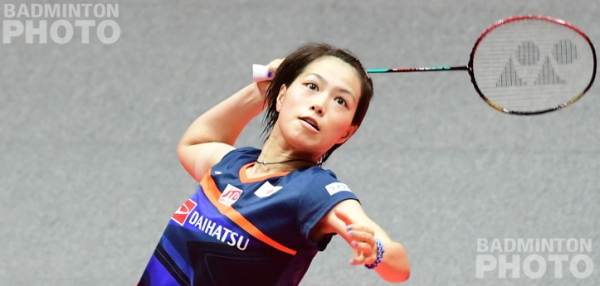
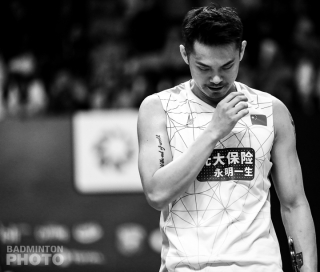
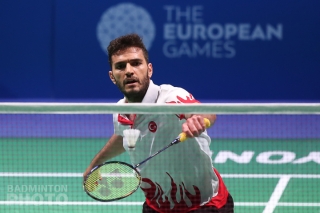
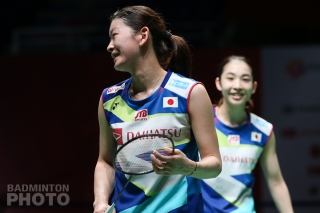
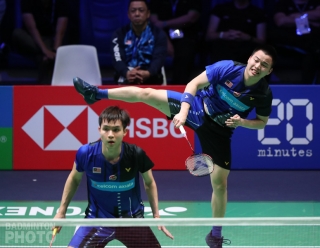
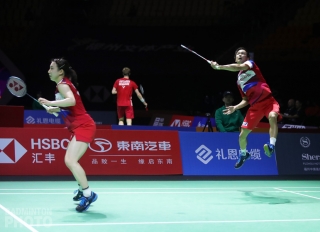
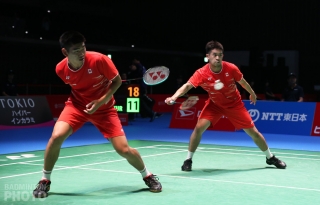
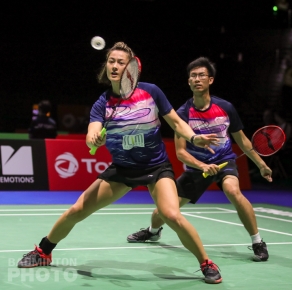
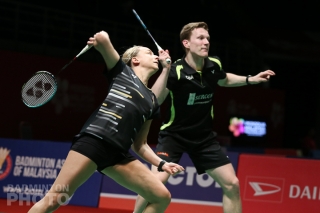
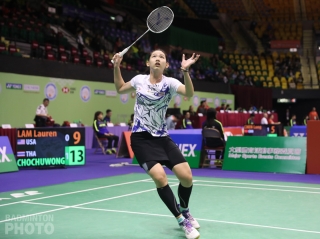

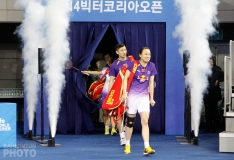
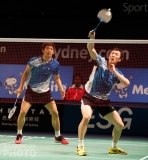
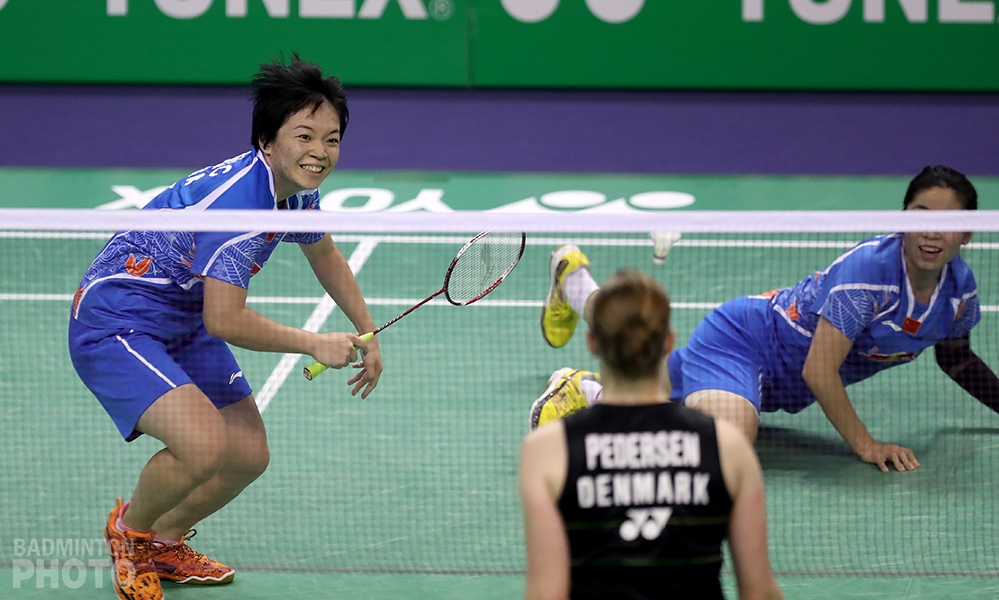
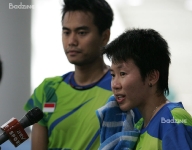

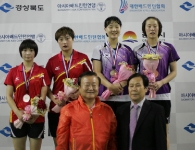
Leave a Reply